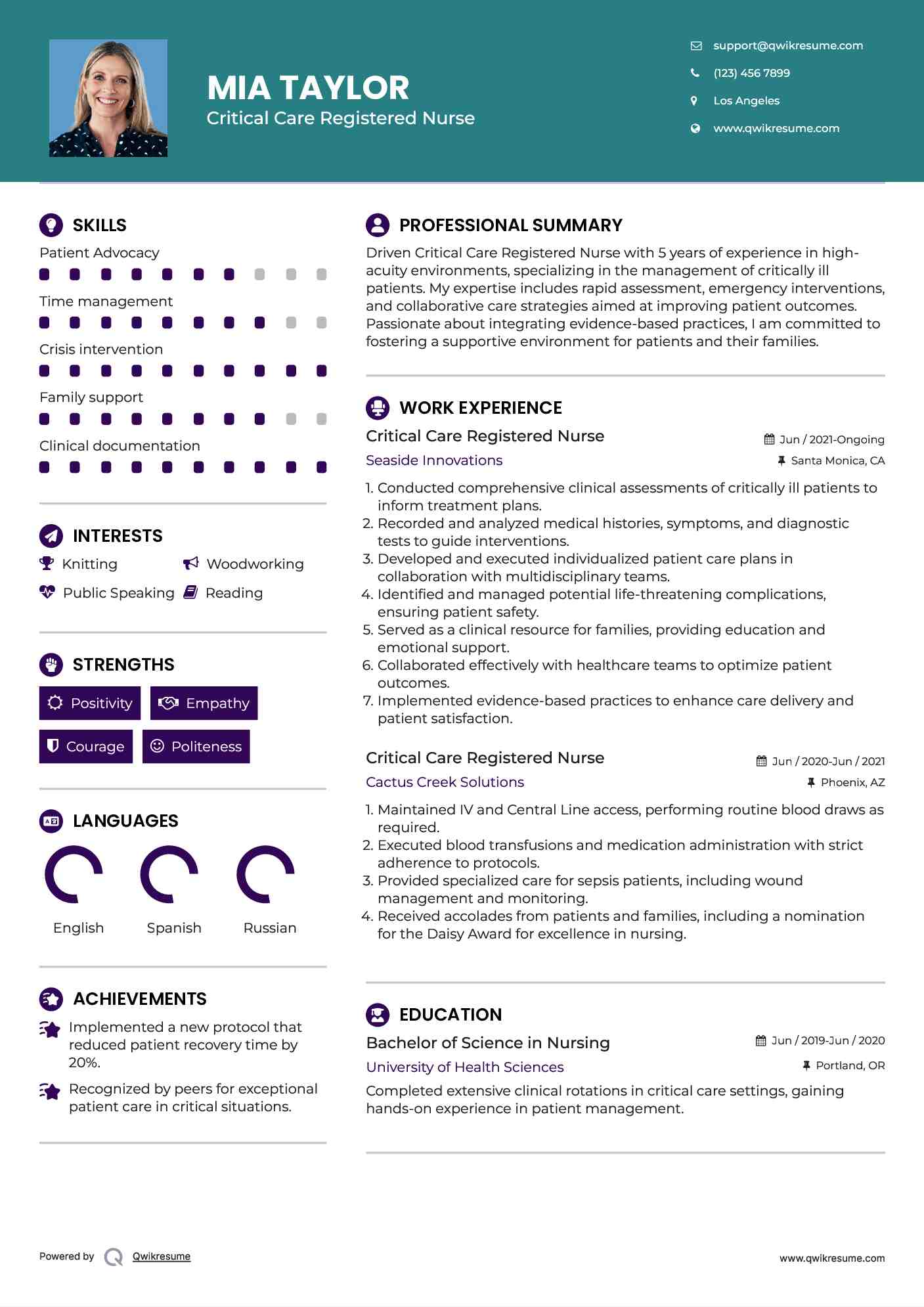
Sepsis remains a critical danger to patients and a significant obstacle for hospital systems. Despite improvements in awareness and clinical practices, the occurrence of delays in diagnosis and treatment is still prevalent and costly. It is the foremost cause of mortality in U.S. hospitals and incurs an annual expense of $62 billion for the U.S. healthcare sector.
The effects of sepsis ripple outwards from the bedside, affecting various aspects such as reimbursement rates, emergency department (ED) boarding, and overall bed usage. The answer is both clinical and operational, found in empowering nurses with standardized, nurse-initiated order sets aimed at early sepsis detection—similar to the approaches taken for stroke through rapid CT protocols and for ST-elevation myocardial infarction (STEMI) via EKG protocols.
The Case for Nurse-Initiated Standing Orders
Nurse-initiated standing orders (NISOs), frequently referred to as nurse-led protocols or triage protocols, consist of established care paths activated by registered nurses before a physician evaluates the patient. These protocols are common in EDs and have demonstrated their ability to streamline care, enhance patient outcomes, and promote safety. In emergencies like stroke and STEMI, NISOs have become the gold standard, allowing nurses to commence timely assessments, such as EKG, rapid CT, or laboratory testing, to hasten the detection of medical emergencies and provide physicians with actionable data.
It is essential to position sepsis as the “third S,” alongside stroke and STEMI, incorporating standardized, nurse-initiated protocols that facilitate quick recognition and response.
Empowering Nurses to Act at Their Full Capability
Although nurses do not have the ability to diagnose or issue medical orders, they can effectively initiate pre-approved protocols in partnership with physicians. These protocols are not meant to substitute clinical judgment but to enhance it, allowing for quicker care based on definitive clinical indicators, such as abnormal vital signs, infection signs, and systemic inflammatory response syndrome (SIRS) criteria.
One major hindrance to timely sepsis treatment is its clinical ambiguity. Sepsis can often resemble other conditions like influenza, pancreatitis, pulmonary embolism, and even heart failure. Initial symptoms—such as fever, increased heart rate, and altered mental state—can be vague and overlap with numerous differential diagnoses.
This diversity in symptoms renders the quick identification of sepsis challenging, particularly in busy environments like the ED, placing a significant burden on nurses. Nurse-initiated screening tools and protocols can mitigate this uncertainty by anchoring early interventions to objective criteria—rather than mere subjective suspicion. This allows critical measures to get underway even before a definitive diagnosis is reached, empowering nurses to operate at their highest capacity.
Eliminating Uncertainty in Sepsis Detection
For an extended period, nurses have been restricted to recording vital signs and waiting for a physician to move the patient through triage. However, acting without a clear understanding of a patient’s status can lead to severe ramifications. Delays or mistakes in administering fluids or antibiotics—whether too late or inappropriately—can adversely affect the outcomes for patients with sepsis. For instance, administering a fluid bolus to a patient experiencing cardiogenic shock can have fatal consequences. Likewise, the misuse of antibiotics compromises our ability to conserve these critical medications.
The National Institutes of Health acknowledges the responsibility of nurses in initiating certain orders, especially in ED settings where swift decisions and actions are vital.
Hospitals that have adopted nurse-initiated sepsis protocols are witnessing benefits such as improved patient care outcomes, shorter hospital stays, and enhanced nurse satisfaction. For example, the Franciscan Missionaries of Our Lady Health System (FMOLHS) in Louisiana established a standardized sepsis protocol utilizing IntelliSep, a U.S. Food and Drug Administration (FDA)-approved cellular host response technology that offers insights into a patient’s immune response.
With the new sepsis protocol and technology, ED nurses are empowered to act promptly based on a standardized infection risk assessment, initiating sepsis evaluations and guiding patients efficiently through the system. This strategy is making a substantial impact, reducing ED congestion and minimizing delays in care.
The Operational and Financial Implications of Sepsis
Sepsis is a significant factor in hospital admissions and complications; however, it is also a frequent source of non-reimbursed care. Due to the complexities involved in diagnosis, hospitals often find themselves treating patients as septic based on non-specific signs, only to later realize that those signs did not meet sepsis criteria. Once coded and submitted, these situations often lead to denied reimbursements, which is an expensive blunder under the diagnostic-related group (DRG) system.
More than just a coding concern, sepsis is a throughput challenge. When patients linger in the ED because of delays in diagnosis or treatment, or the provision of non-beneficial care, ED boarding is exacerbated. This results in bottlenecks throughout the hospital and increases risks to patient safety. Nurse leaders and hospital executives bear the responsibility for both delivering high-quality care and ensuring efficient patient flow. Sepsis stands at the